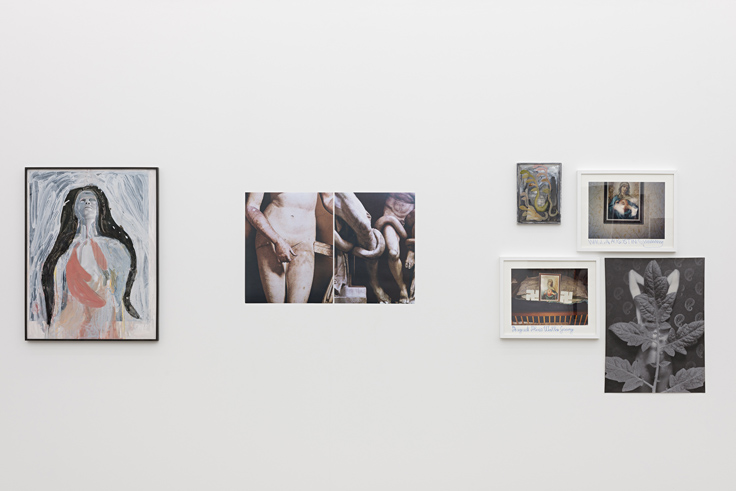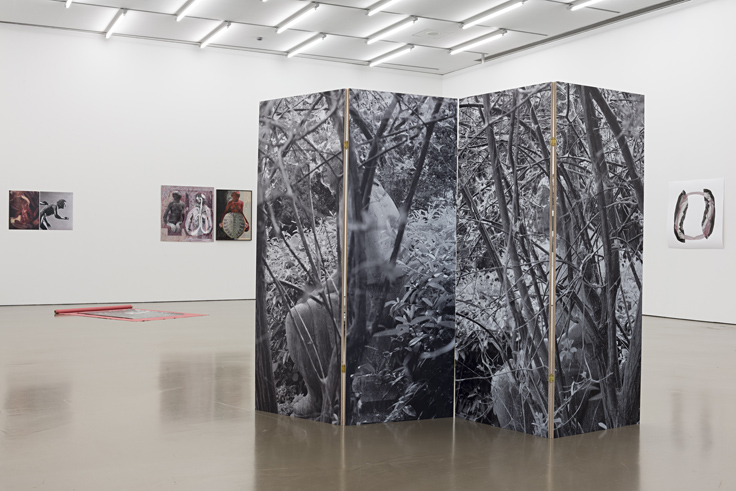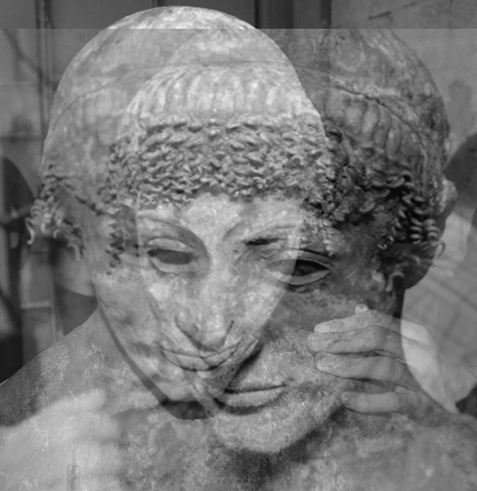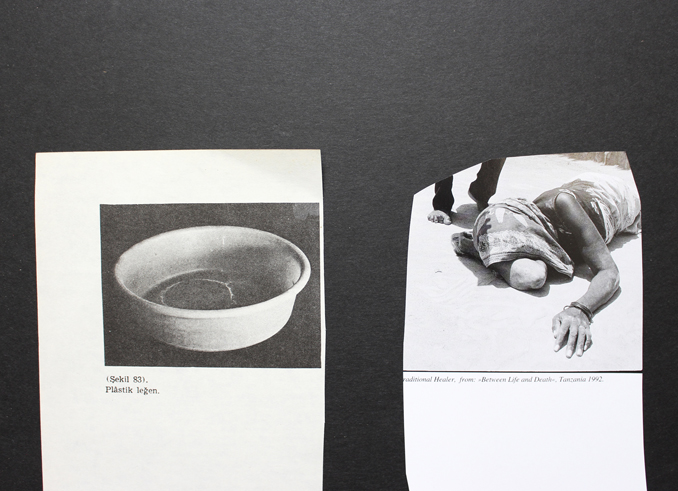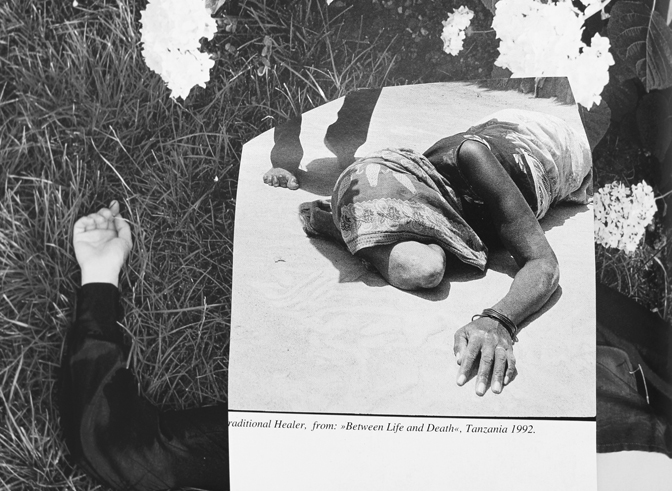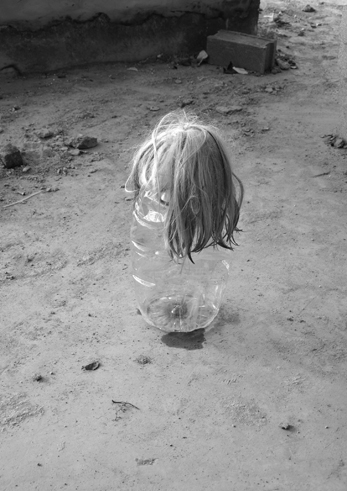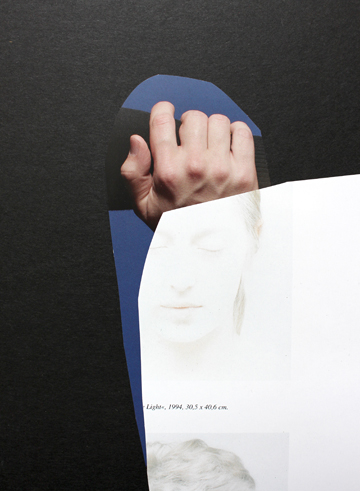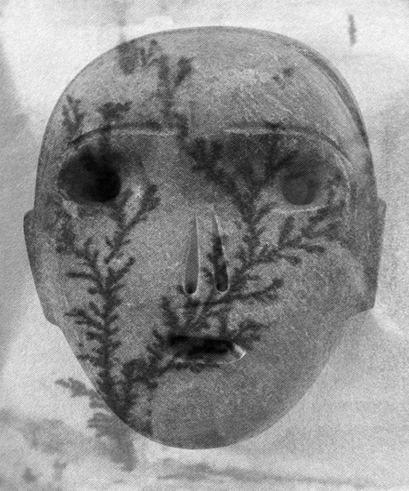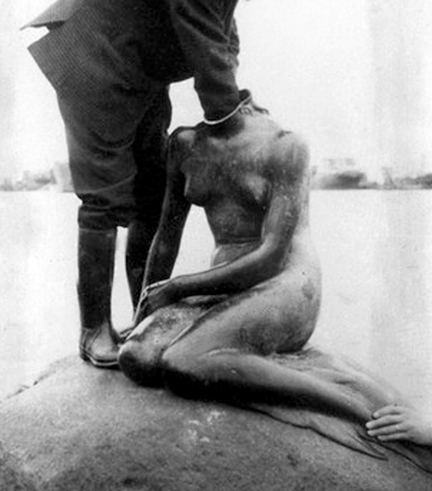Press information
Özlem Altin
Processing
Infos
Press preview
22.9.2017, 9.30 am
Opening
23.9.2017, 3.30 pm
Duration
24.9.–19.11.2017
Opening hours
Tue – Sun, 10 am to 5 pm
Curated by
Reinhard Braun
Co-produced by
steirischer herbst
Supported by
ifa – Institut für Auslandsbeziehungen
The exhibition is accompanied by a publication in the Edition Camera Austria.
The exhibition includes works by Heji Shin and August Walla.
Thanks to
Heji Shin, Galerie Bernhard, Zurich and Johann Feilacher, Museum Gugging.
Press downloads
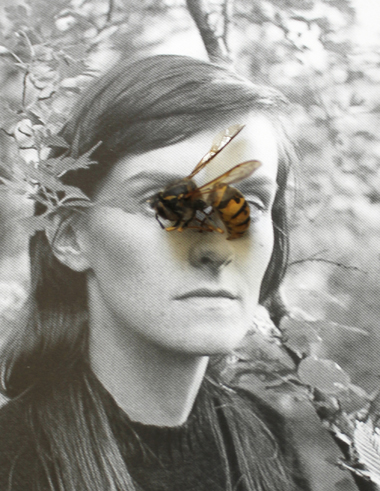
Press Information
Developing, Handling, Processing, Preparing
In her work, Özlem Altin draws especially from the comprehensive collection of images and texts that she has intuitively compiled from various sources and, moreover, from her own drawings and photographs. In recent years, Altin has also started to integrate works from other artists into her sequences, narratives, and stories—which she culls from this material as the occasion warrants and which usually represent a kind of non-linear, associative movement along bodies, gestures, and identities—and to work with artistic material from museum collections. Tentative and precise at the same time, her work reminds of artistic research and preliminary drafts of presentations, such as viewing material and structuring it for an upcoming project. Various meanings flow through these arrangements, evoking different associations, before stopping and being superimposed or replaced, then once again revived, duplicated, or newly questioned. The format of these sequences does not follow any kind of linear order or chronology, but rather seems cyclical and processual, distinguished by repetition, resembling attempts to engender meaning, to establish significance, which, however, is not initially certain, not countered along the way, but rather is meant to develop during the arrangement of the images.
Indeed, the artist prevents the subject matter from initially being identified with certain meaning or content; at times she covers or paints over parts of the images, heads, or bodies. Sometimes it seems as if chemicals had damaged the photographs, as if they had been rescued from an archive, the identity of which remains unknown. Now and again she uses a visual source more than once and overpaints them each differently in order to intervene in the fixed meaning of an image, to interfere with the documentation or representation of a seemingly fixed identity. But the intention may also be to work against that which conserves, which is motionless, against the “death” of photography, once again renegotiating the yet immobilized and immortalized into something preliminary that changes, that can be retold in a new and different way, that never fully disappears into a history but rather remains part of a contemporary narrative, or that has been salvaged for the present day, an actualization, a drafting-anew, a starting-over-again-and-again.
For her projects, Altin transforms the exhibition space into a kind of stage, into a site for performing a visual programme, the elements of which emerge, surface, and then disappear again, similar to a clue or trail. The focus of this programme rests with the body, the languages of bodies, the gestures, the suggested movements and changes in posture. The body, for Altin, is a vehicle for transferring knowledge, experience, a vehicle of communication and exchange. In a certain sense, her exhibitions and exhibition contributions chart this communication (a communion?) of bodies, an occurrence that the bodies put in motion, leading to a biography or identity marked by moments of recognition or being-recognized. Kaja Silverman has emphasized that the subject / the body always also appears as an image or is being revealed somehow, that these pictures stabilize the self and make it possible to engender an enduring image of this self. The concurrence of image and body, according to Silverman, illustrates how real bodies can be transformed into photographic representations, how the photographic rendering can capture the actual body/bodies. The pose, the gestures, the expression can thus also be understood as a photographic imprint of the body. Each subject must first be seen in order to exist—we attain an awareness of our own positioning in the field of the visible in that very moment when we perceive ourselves in the gestalt of a phantasmatic photograph.
Altin, in turn, intervenes in this desire for a sustainable image, for being-recognized; she imbues this notion with a sense of disquiet and generates disruptions in the languages and stories of the bodies that reciprocally affect one another, that don’t permit a sense of calm, that touch each other and then move apart again. Overpaintings on the photographs mark such moments, where the bodies drift into the unknown, into the approximate, the vague, and also into the uncanny and sometimes even the violent, which challenges the integrity of the bodies. The certainty of having the body at one’s disposal is subjected to uncertainty, the hidden shifts into the uncanny. Altin points to this possible (or impossible?) transformation, precipitates it, marks the wounds on the battered bodies, pays reference to the threat and fragility, to the ambivalent and transient, a menacing not-at-home in one’s body. In this respect, these bodies are also a kind of archive, in which experience, memory, and events have become inscribed; they store a history and perpetually engage in enacting and repeating, in order to affirm this history, occurrences and events, often without leaving behind visible traces, yet sometimes wounds remain that change the body and lend it a different appearance. What are the powers that change us, that compel us to rewrite the history of our identity? The not-at-home, the decentration, the cracks in the narrative, its hidden core—none of this has anything to do with hiding the work in front of us. Quite the contrary: the indeterminate and open facets of the visual narrative are what actually first unveils to us as beholders, readers, as bodies among the body images, a place of presence. It is from this place that the meaning of this narrative might be reconstructed, or where an empathy between the images and the bodies, between the bodies and the bodies, may find its point of departure. If the meaning was already always present, concluded, concrete, readable, then why would it need a stage to perform on? If the artist knows ever since, if even we already know instantly, then why this serious play with imagery?
Camera Austria has opened the archive to Özlem Altin for her exhibition as co-production with steirischer herbst, as part of a reprocessing of this archive, resulting in two exhibition projects, respectively preceding and following Altin’s exhibition: “Un-Curating the Archive”, an attempt at publishing the archive in its entirety, not as the yield of a selection and evaluation, but as the beginning of continual work on and with this archive.
One of the starting points for the exhibition project “Processing” by Özlem Altin—next to a continuation of her specific practice focused on the photographic image—is thus an exploration of the archive of Camera Austria, which will be made available to the artist as a kind of extension to her own collection. Books, invitations, press images, manuscripts, posters, postcards, printed documents, scripts, reproductions, and of course also the magazine Camera Austria International will potentially flow into the visual material produced for this project. During several stays in Graz, Altin has examined this material—not systematically, but rather selectively, according to her interests—and has taken pictures of some things in order to allow it to become part of her own work, as a starting point for a montage or painterly reworking. This representation of representations introduces another plane, which is added here and expands the focus of her work and possibly moves it further off-centre.
So the archive of an institution encounters intuitive, subjective, non-rule-governed collecting and provisional, revisable structuring as artistic practice, ever situated proximately to dissolution, or at least to constant reorganization. The archive encounters the attempt to simultaneously respect and revoke the images of bodies or gestures that the artist has perhaps found by chance along with the meaning ascribed to them. Another archive arises, an archive constantly in flux, constantly being reworked, which may possibly counter the existing archive and its claim to documentation. That which already happened is transformed by Altin into something that is happening right now. Does the image as event that is currently taking place—that in its manifestation threatens to withdraw at the same time, that ever moves along the margins of its visibility, that designs a stage on which its performance time is limited—encounter the archive as concept of safekeeping, conservation, fixation, which in this way establishes its form, but also exposes itself to the danger of being forgotten?
Foucault already noted that police archives not only produce delinquents, meaning that power “functions” not only in repressive ways, but that it also defines law-abiding citizens. What the archive also always produces is its Other, or the Others who are not found in the archive, that are not supposed to be recorded there. Does Özlem Altin, with her project, navigate the zone of these Others, who perhaps indwell the archive like spectres, never truly visible, never fully tangible? Ariella Azoulay writes that “Intervention, imagination and transmission are the main practices through which researchers and artists today exercise their right to (the) archive”. Altin’s project seems to be a perfect example of this, of how the faculty of imagination—which, if I may emphasize this again, highly respects the archival material and yet still reworks it, assembles it, combines it with other materials and images, thus orchestrating a transfer—literally carries the material, the image, somewhere else. This transfer is often firm, but also often hesitant, without a junction, without any elegant, formal intervention, but rather an interruption. Starting to reflect on photographic images using her method, or to write this text with her method in mind, thus also means not ignoring the violence inherent to this method. The brutality that has gripped some of the bodies shown by Altin in this exhibition is found echoed in the violence that she applies to some of the pictures, no longer recognizable, fragmented or overpainted in such a way that they almost go beyond recognition. But violence is always at play when dealing with representation, when Others are shown, when recognition captures the Others. “I don’t believe that I expressed /exprimer/ great things in this film, however, in my opinion, I didn’t do a poor job of impressing the things /imprimer/” (Jean-Luc Godard). So must one exert force on things like pictures in order for them to speak? How might it be to not read the images, but to enter them, to give the images space, to let the images impress, to establish empathy between the images and the subjects, or even to engage in resonance and harmony with the images and to follow their rhythm? How does the text become expressed and the images impressed? At any rate, this text tries to revolve around the work of the artist, like the artist’s visual narratives revolve around a centre; the text as a motion of writing, which approximates the images and then moves away again; an act of writing that does not always already know what meaning these images hold, and that will possibly never reach the images but rather merely encircle them and resonate with them. Unless, of course, it touches them and impresses them in a certain place …
In any case, the meeting of different—opposing?—approaches to collecting and arranging artistic material, as staged by Altin, indicates that the archives are always exposed to a subjective selection, referencing a specific cultural and visual milieu that may actually not permit reconstruction from the archive itself, that archives are also contradictory, cannot disclose everything, that they also conceal and hide. What has ultimately happened to all the things, texts, and images that have not made their way into any archive at all? Is not the archive, like photography itself, permeated by zones of visibility and zones of invisibility? Which bodies, which languages of bodies, does the artist find in this archive? Which disquiets of being-seen, of recognition or being-recognized, does the artist discover (or invent) in her analysis? Is it possible for Altin to add something to the Camera Austria archive that is missing, that has not been covered, to point out its gaps and to show something that the archive would rather not expose? Will perhaps those images be produced for the exhibition that are missing in the archive?
Reinhard Braun
Images
Publication is permitted exclusively in the context of announcements and reviews related to the exhibition and publication. Please avoid any cropping of the images. Credits to be downloaded from the corresponding link.


